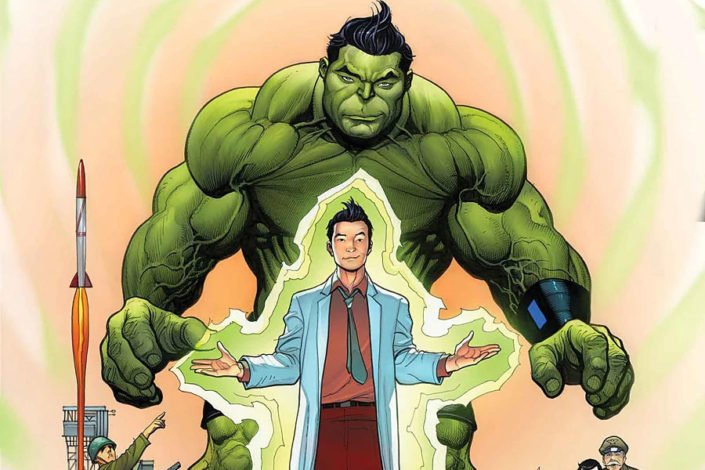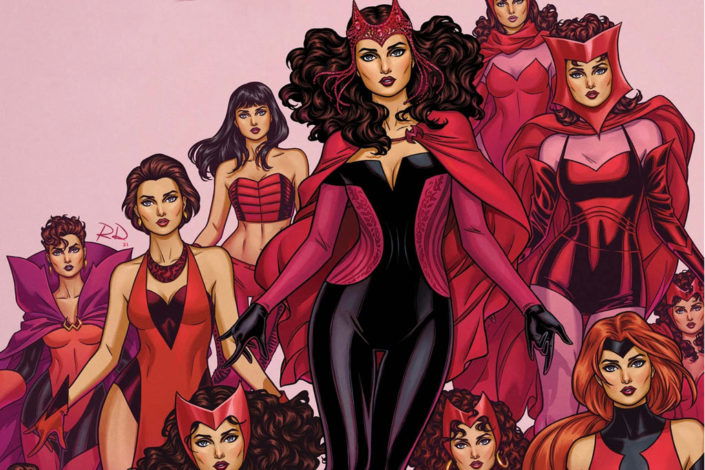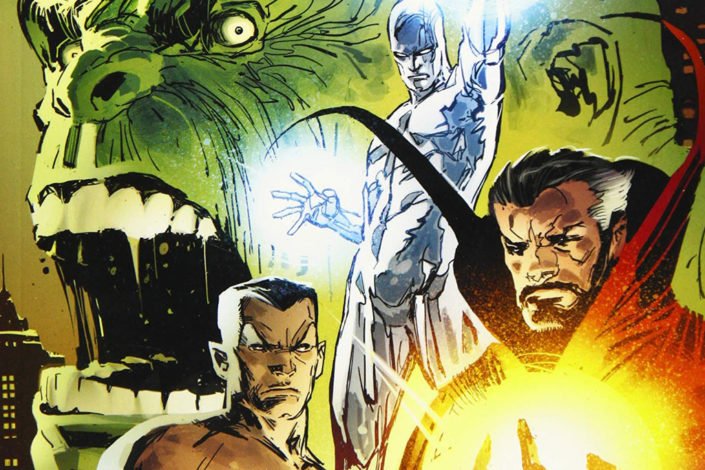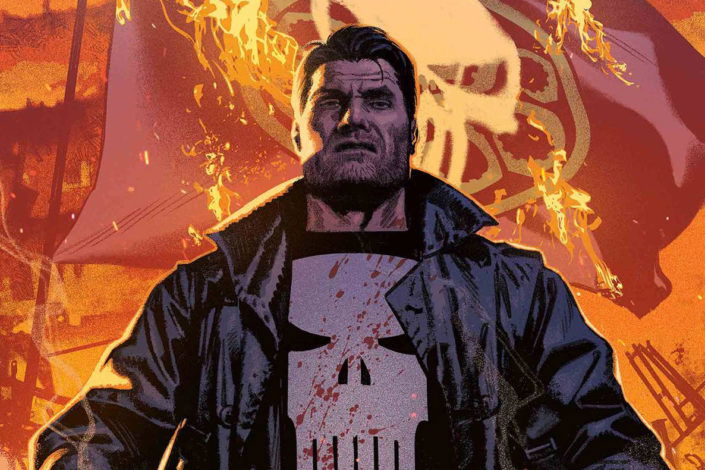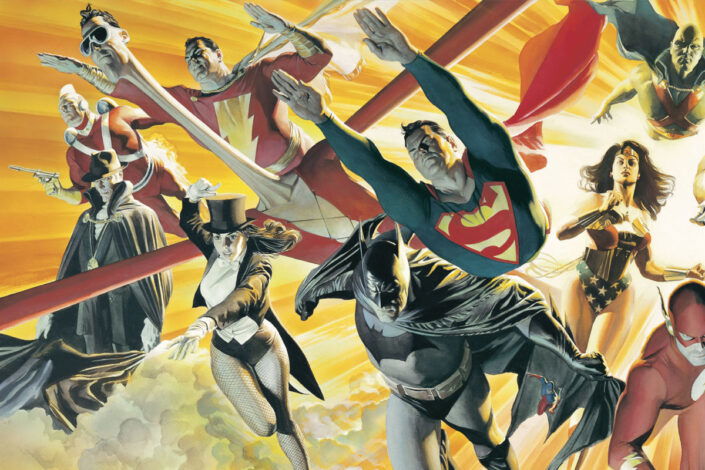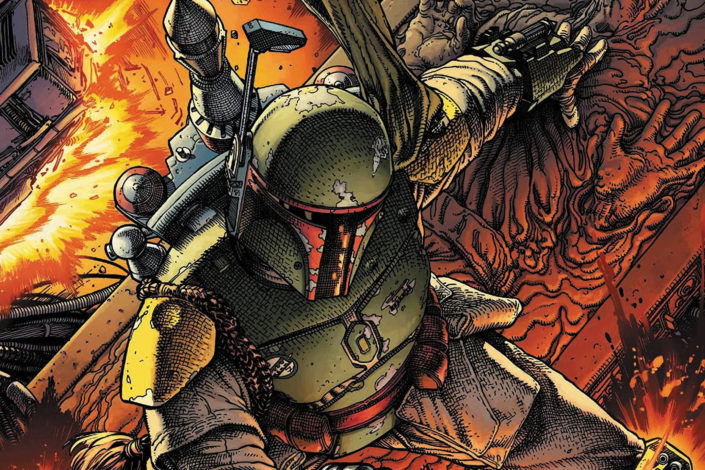Amadeus Cho Reading Order, from sidekick to Totally Awesome Hulk and Brawn
Amadeus Cho is a 19-year-old Korean-American genius, one of the smartest people on earth. Actually, he was credited as the 7th smartest person in the world, a title he obtained after winning the Excello Soap Company’s “Brain Soap” competition (he’s maybe only the 8th or 10th smartest person in the world, but who’s counting?). It’s also where his story begins, as the game’s creator tries to kill Cho to preserve his ranking. His attempt failed but Cho’s parents were killed, and our young man had to flee for his life.
It didn’t take long for him to run across The Hulk who saved his life. As a result, Amadeus became his sidekick, a sort of modern-day Rick Jones before moving on to Hercules. But Amadeus Cho was too smart and too cocky to stay in this sidekick role and was destined to become a hero in his own right. Cho became the Totally Awesome Hulk but lost control at some point. He was somehow depowered when he finally succeeded in destroying the rage monster inside him. Amadeus chose to be called Brawn in this new form. He has also been a member of two superhero teams: The Champions and Agents of Atlas.
This reading order was requested by one of our readers! Don’t hesitate to leave a comment or write to us with some other suggestions!
Read More »Amadeus Cho Reading Order, from sidekick to Totally Awesome Hulk and Brawn
